The Global Library of Women’s Medicine
Loading...
Enhancing the Welfare of Women
Expert Health Information for Women
Preventing cervical cancer
Cervical cancer and cervical screening

The Global Library of Women’s Medicine
(www.glowm.com)


Cervical cancer is one of the most common causes of cancer death in women worldwide. Most of these deaths could be avoided because this cancer can be largely prevented by vaccination and screening.

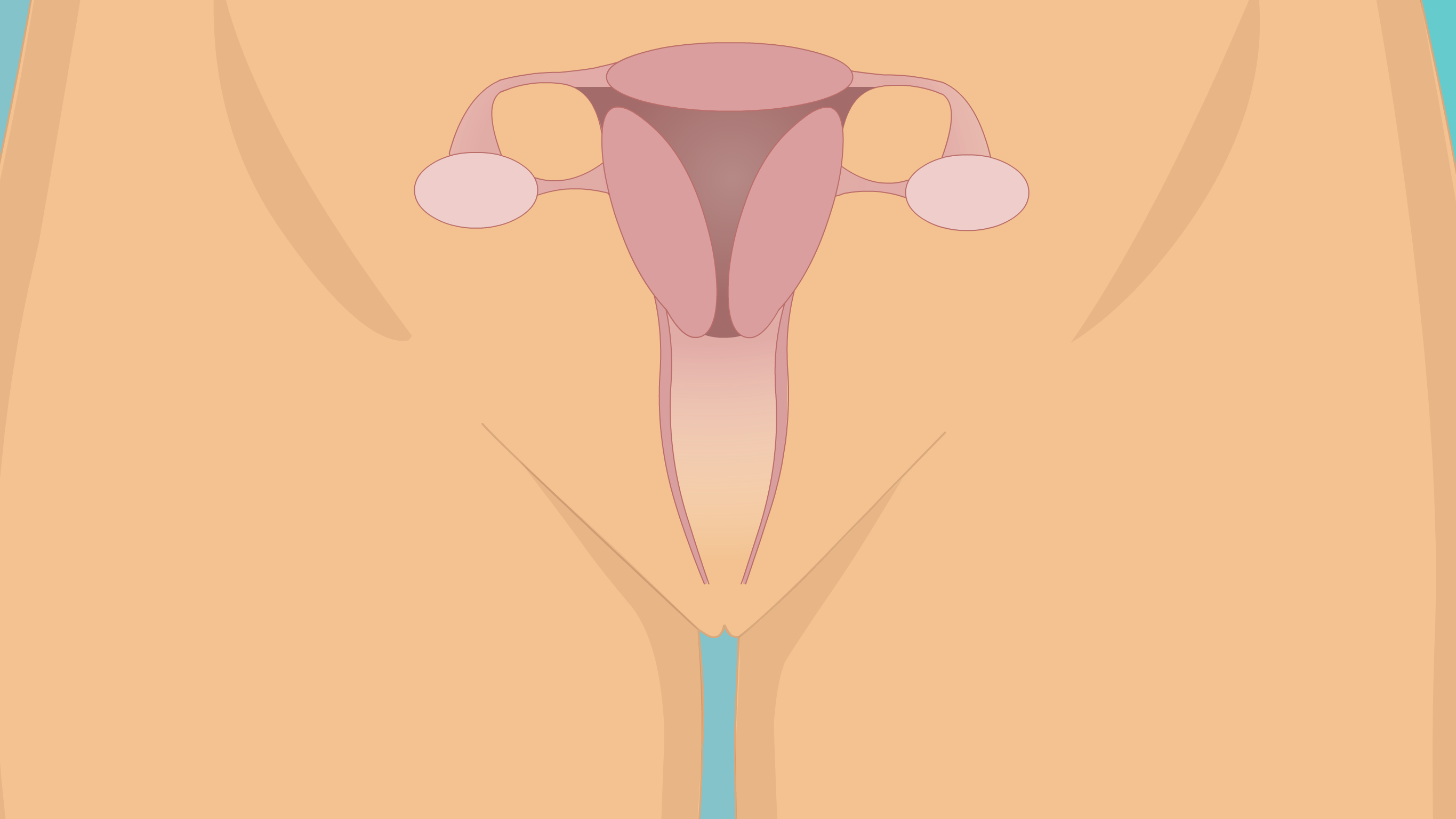


The cervix is the lower part of the womb (or uterus). It lies between the vagina and the womb and is sometimes called the 'neck' of the womb.


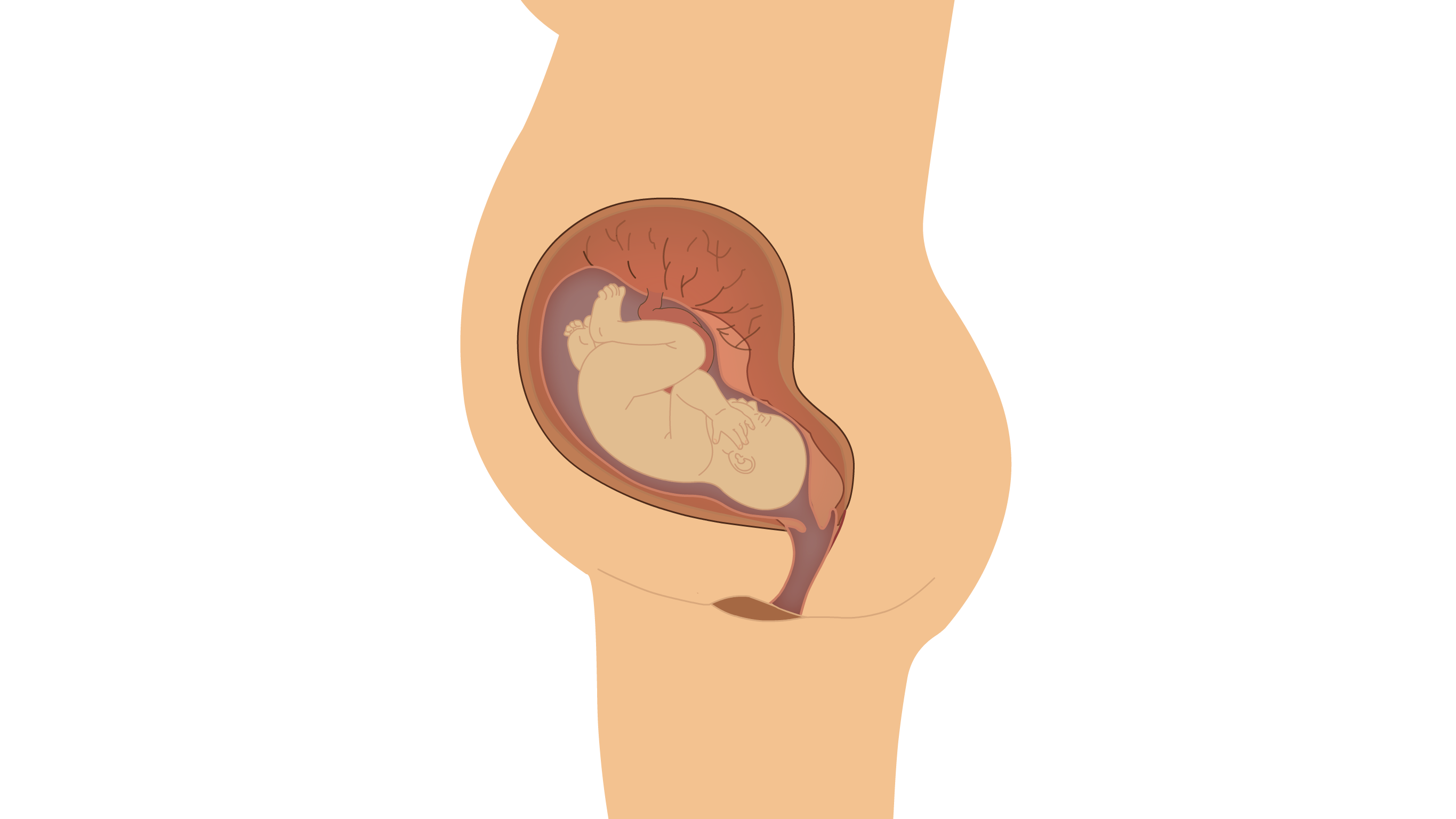



During childbirth, the cervix opens to allow passage of the baby.

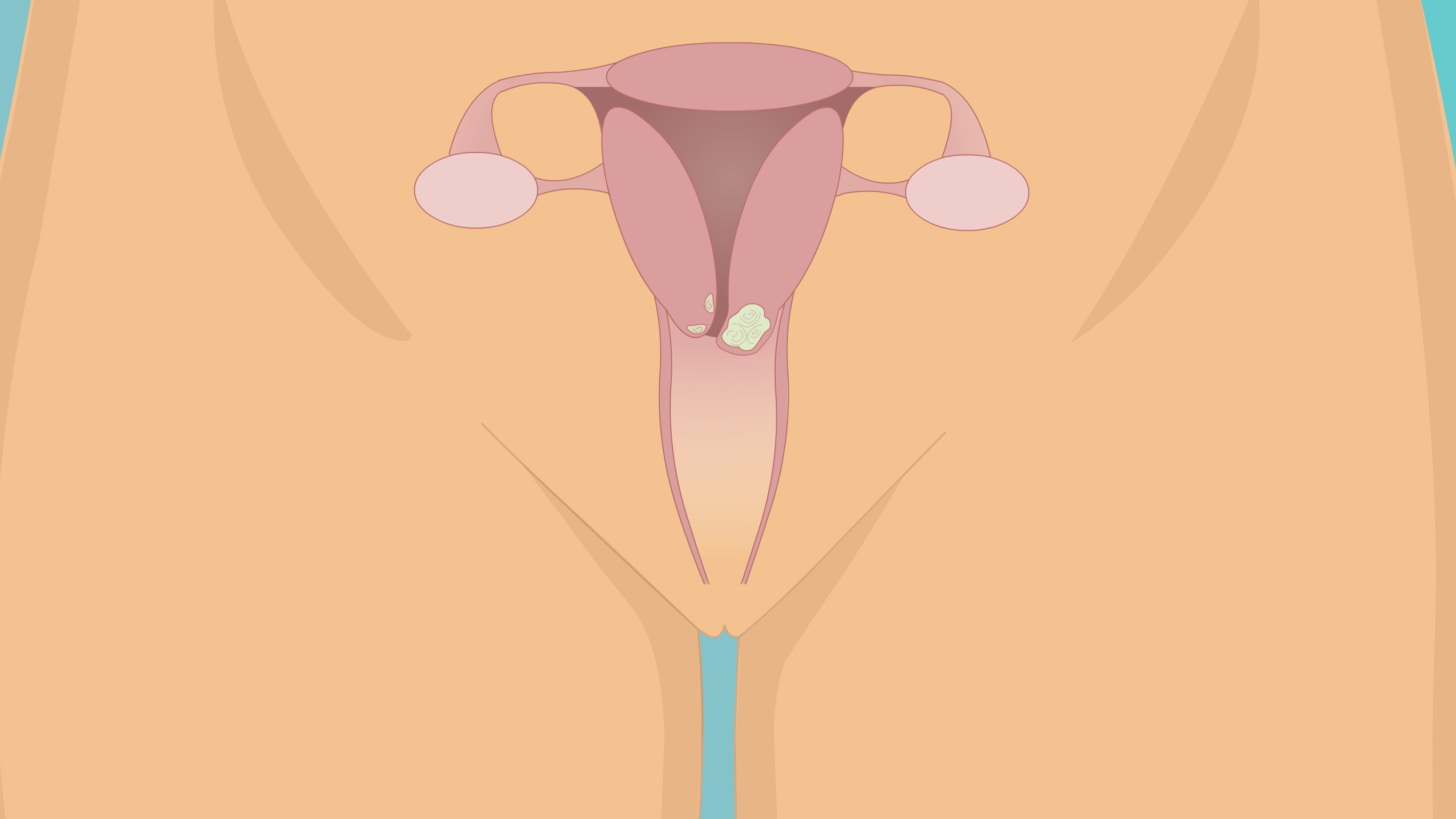
Anyone with a cervix can get cervical cancer. Almost all cervical cancers are caused by an infection, called human papilloma virus
(or HPV).
(or HPV).

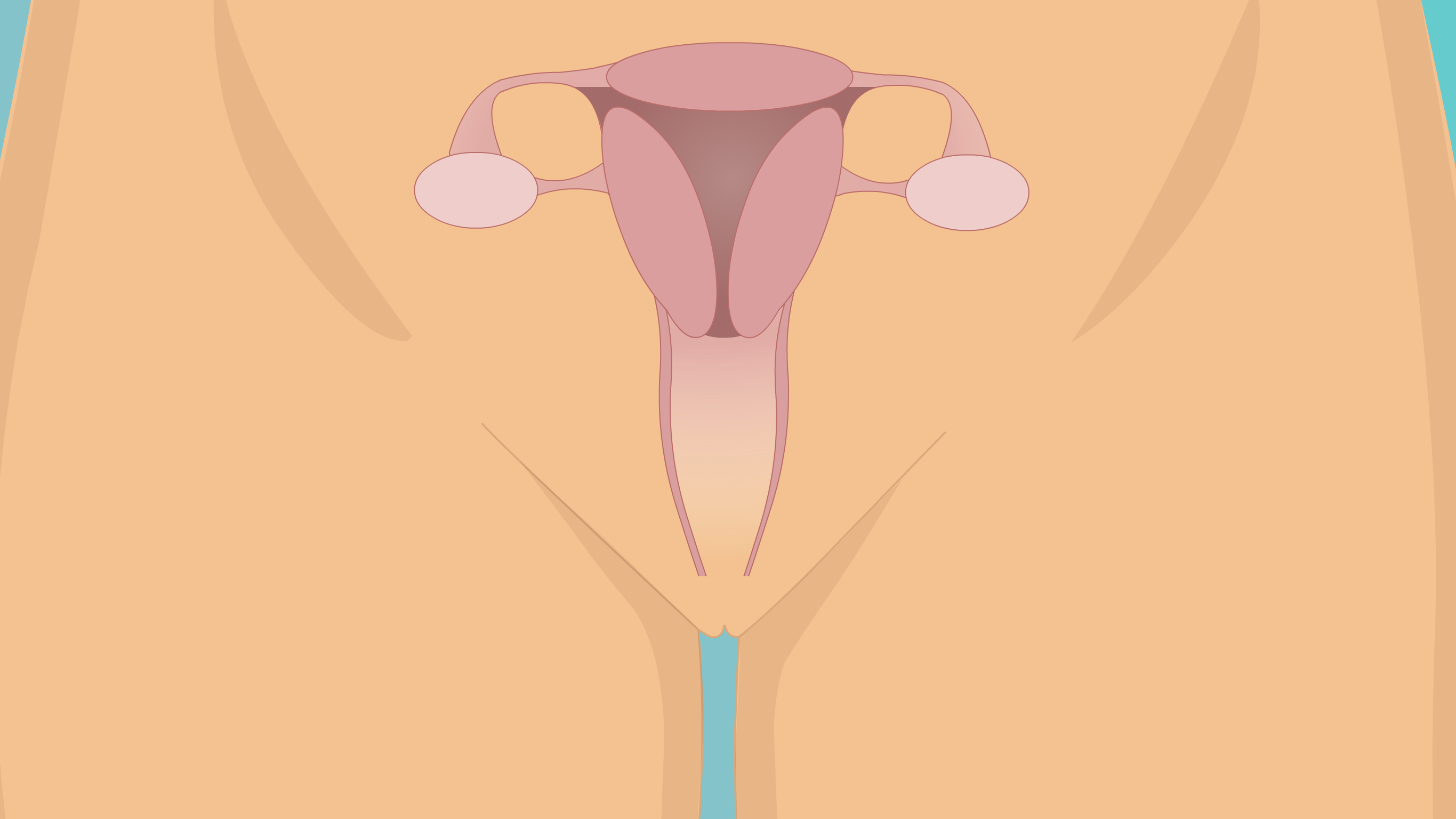

HPV is a very common virus, which comes and goes for most people during their lifetime. It is spread during sexual activity.

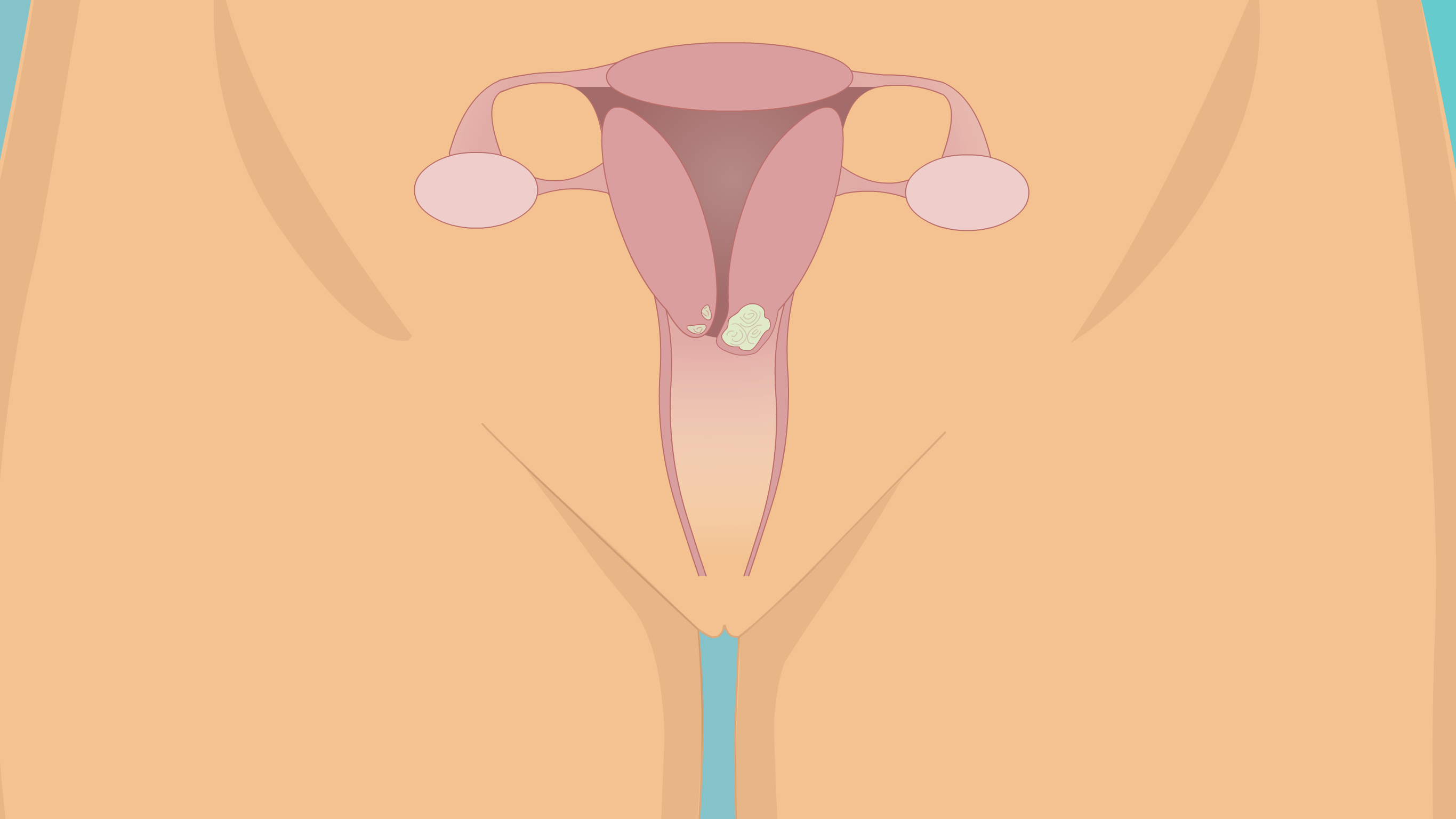

Some women will not be able to clear the virus. If the virus is not cleared, it can lead to precancerous changes in the cervix.
Over years, precancerous cells can become cancer cells if they are not found and treated.




Smoking and HIV can increase the chances of this happening.


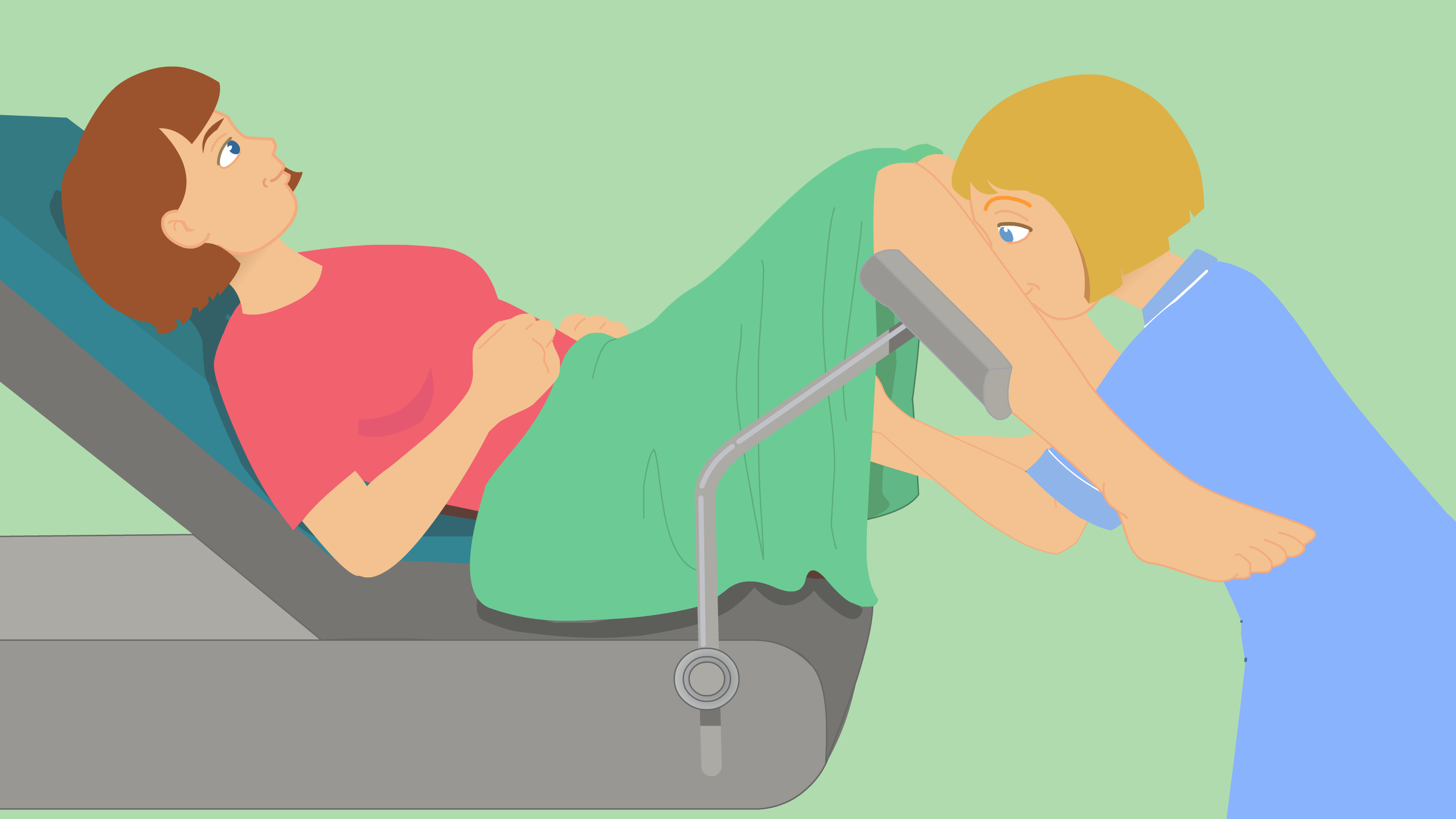
The two most important ways to reduce your chances of getting cervical cancer are getting the HPV vaccine when you are offered it
and going for regular cervical screening.


Other ways to reduce your risk of cervical cancer are:


Use condoms – they can help stop you getting HPV and other sexually transmitted infections.



Quit smoking – this will strengthen your immune system.


Eat healthily – to support your immune system.



See a healthcare worker if you have abnormal bleeding, especially after sex or in between periods, unusual discharge or pain.
When you see the healthcare worker for cervical screening or if you have symptoms, they will talk to you first and then usually recommend an examination.

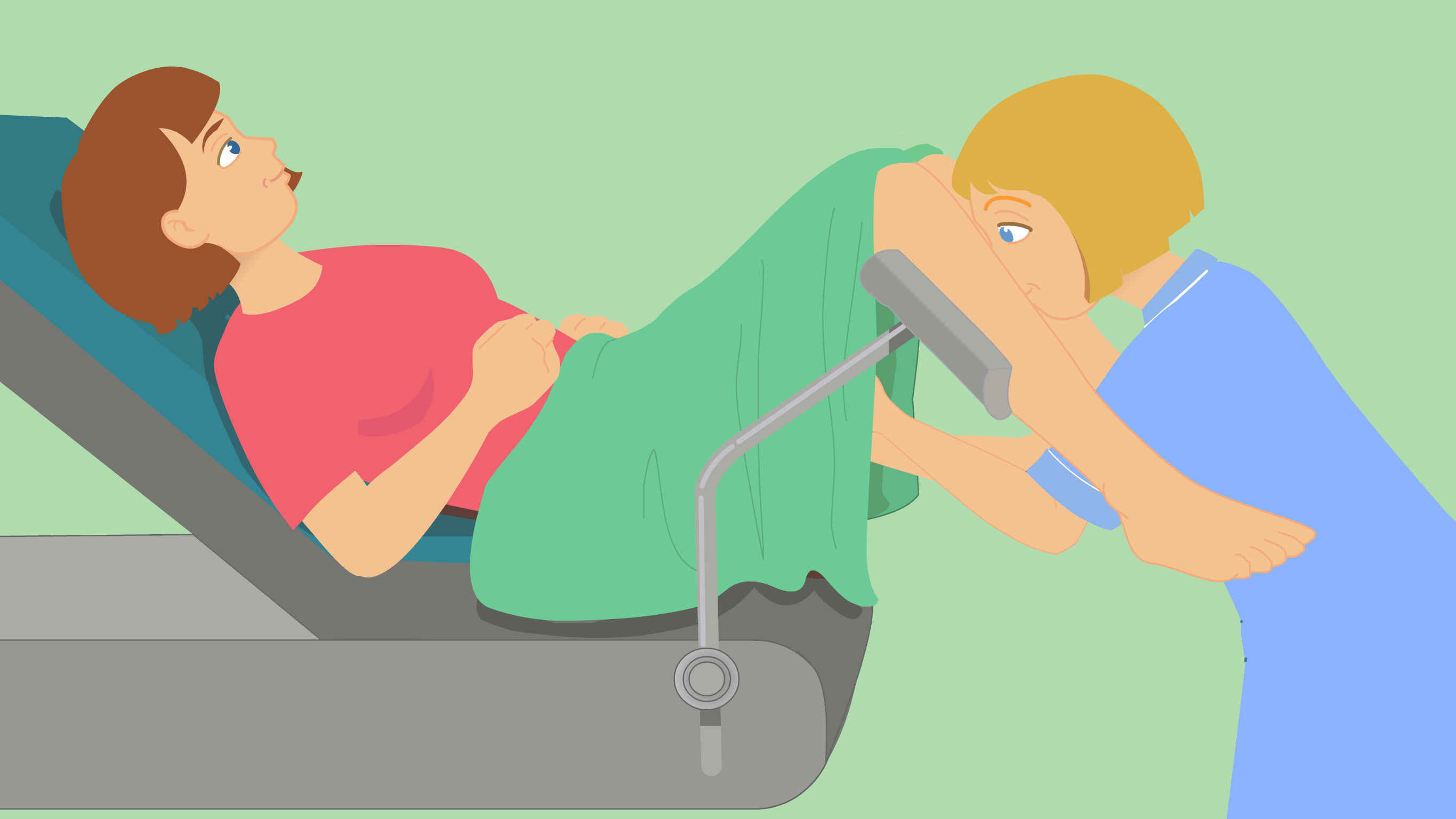
For the examination, you will undress from the waist downwards and lie on an examination couch.

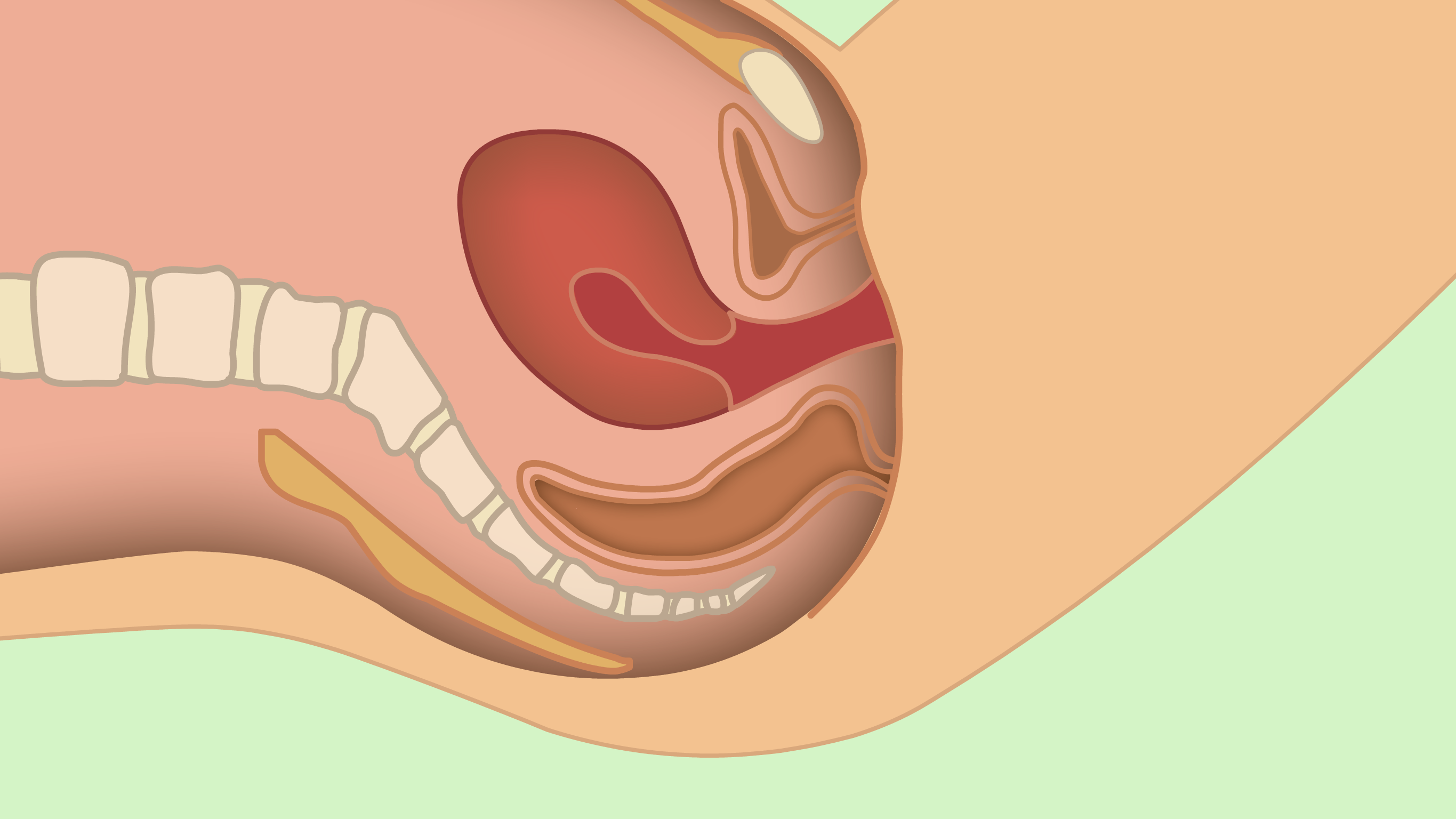

The healthcare provider will pass a speculum (metal or plastic tube) into the vagina to see the cervix and take samples.
The examination takes only a few minutes. It should not be painful but can be uncomfortable.

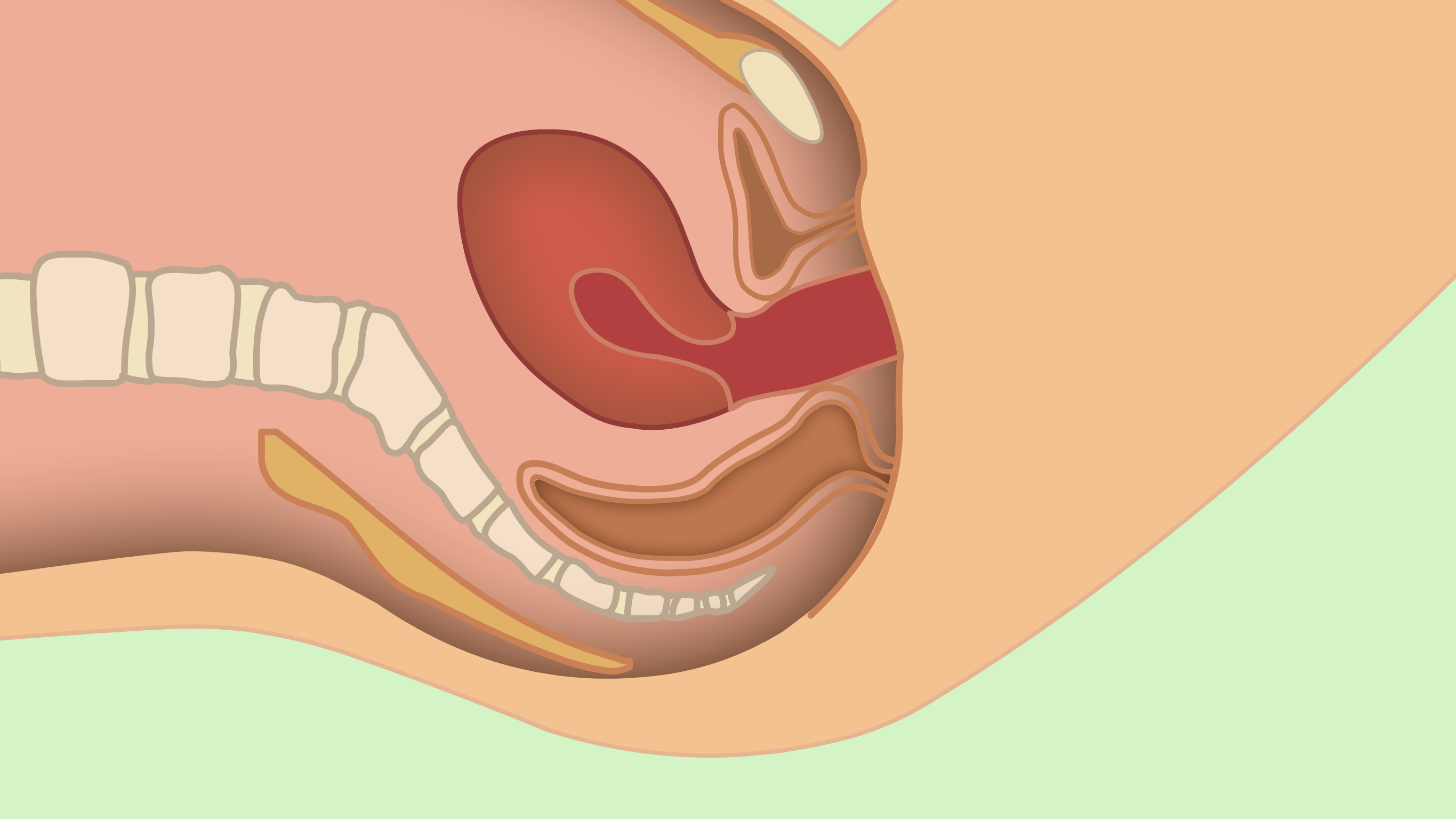


In some places, cervical screening is an examination of the cervix and, in others, it is a swab test from high in the vagina.




Cervical screening looks for precancerous cells or HPV. Cervical screening means finding precancerous changes early, so they can be treated before they become cancer.

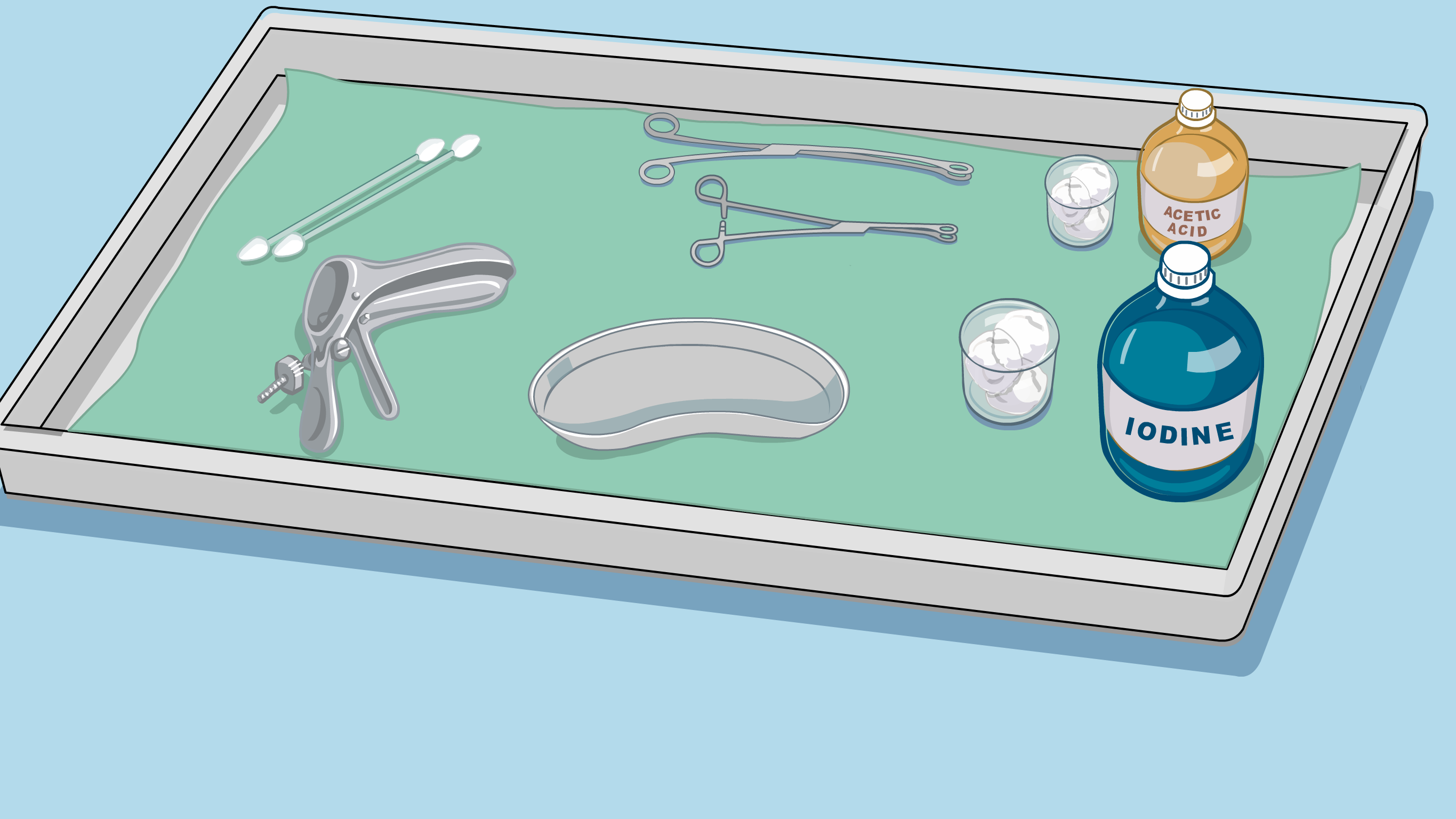
Sometimes after screening, further tests are required. This could be fluid dabbed onto the cervix and a careful check of the cervix, a biopsy (a small sample) or treatment.
Often this can all happen at the same appointment (screen-and-treat method).


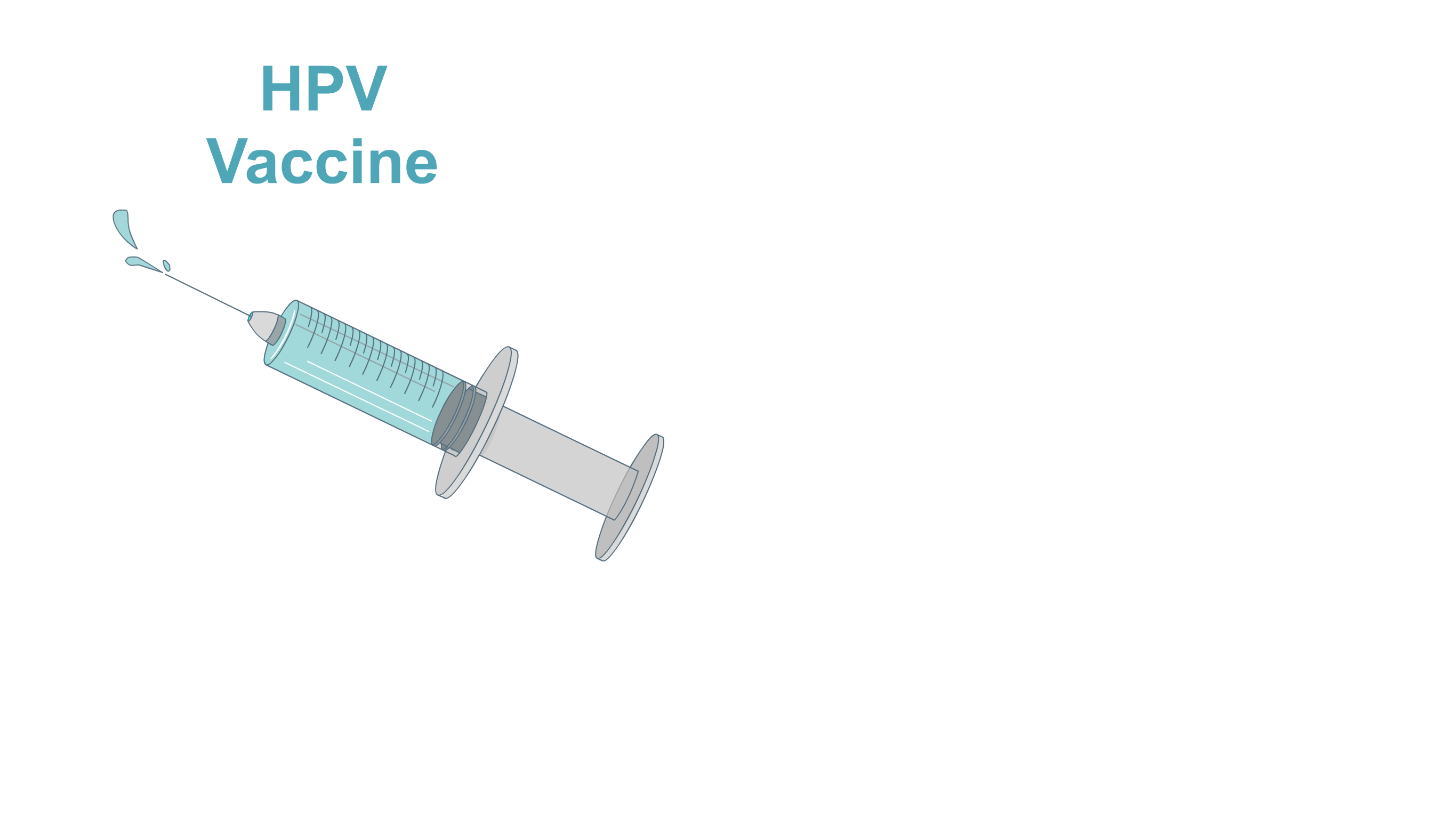

So remember, the two most important ways to reduce your risk of getting cervical cancer are:
1. Get the HPV vaccine when you are offered it.
2. Attend cervical screening regularly.



Speak to your local healthcare worker for more information or if you have symptoms that worry you.

The authors of this PREVENTING CERVICAL CANCER program are:
- Dr Catherine Howell
Calderdale and Huddersfield NHS Foundation Trust, Halifax, UK - Dr Veena Kaul
The Mid Yorkshire Teaching Hospitals NHS Trust, Wakefield, UK
The Welfare of Women program has been created under the General Editorship of Dr Kate Lightly, University of Liverpool, UK and is overseen by an expert International Editorial Board
/
